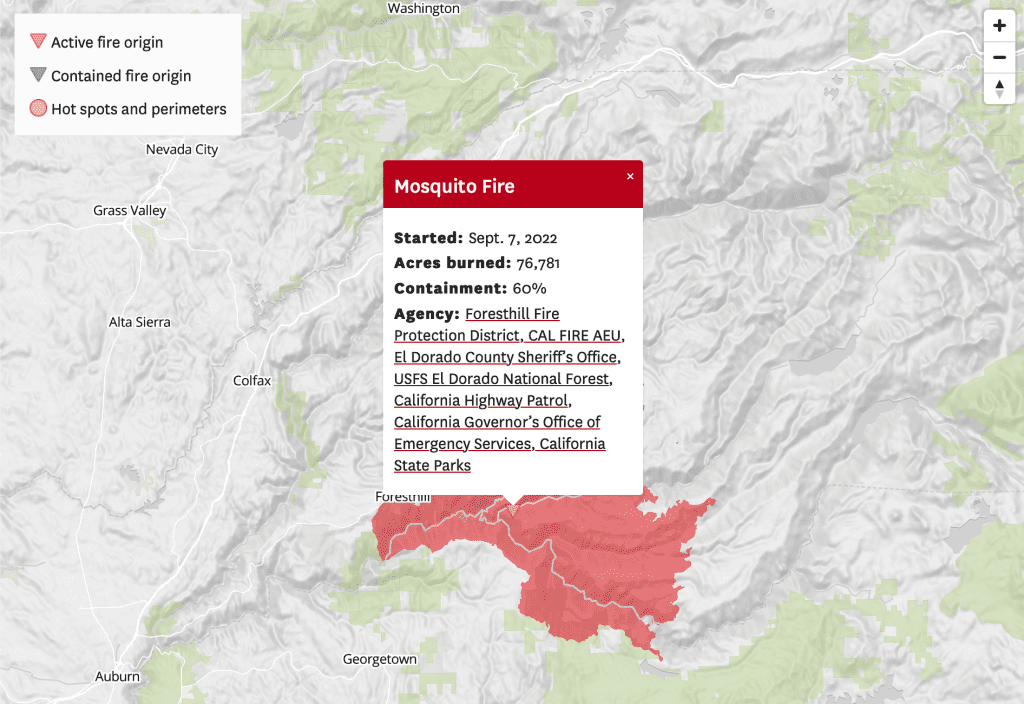Install a Smoke Alarm
Working Smoke Alarms
There is no more effective fire safety tool
In 2015, 145 people died in home and apartment fires in California. In many cases, there was either non-functional smoke alarms, or no smoke alarms at all. Already in 2016, in just the first two months of the year, 30 people have died in fires in California. Nationally, more than 2,500 people die annually. These deaths are needless, and you can play a role in reducing them.
The answer is to ensure your home has working smoke alarms.
Smoke Alarm Basics
- Place one smoke alarm on each level of the house near the stairs, including entrances to the attic or basement if you have one.
- Install one smoke alarm in each common area, such as a living room or dining room. Avoid placing the alarm near a fireplace, stove or other appliance that typically generates safe amounts of smoke and heat.
- Place one alarm in each bedroom or in the hallway in front of adjoining bedrooms.
- Keep your alarms accessible, since you’ll need to test them monthly, and change batteries twice a year.
- Do not place the alarm near ceiling fans.
- Never paint your smoke alarms, or place stickers on them.
Installing Smoke Alarms
- Grab your ladder and mount smoke alarms high – on a wall or on the ceiling – though the ceiling mount is preferable, as they will trigger more effectively.
- When attaching a smoke alarm to the wall, place it 4.5” from the ceiling. When mounting to the ceiling, mount alarms at least 4” from the wall. Smoke rises, so select the highest point on the ceiling.
- Avoid mounting smoke alarms near windows or doors, where smoke can escape before triggering the alarm.
- Avoid mounting smoke alarms overhead in kitchens, dining rooms or living rooms. Smoke and steam from cooking, fireplaces, candles and so on can cause false alarms.
- Follow the directions on the package for mounting the smoke alarm once you’ve chosen the general area for the alarm. You might need a drill and a screwdriver.
- Make sure a qualified electrician mounts the device if you choose to go with an alarm that will be hardwired to your home’s electrical system.



